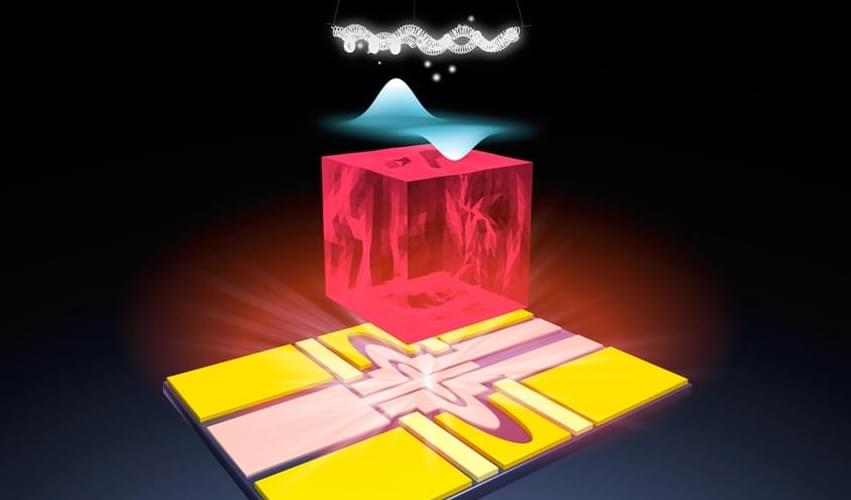The current state of affairs, however, is a bit more complicated. While quantum computers have officially gone from theory to fact—a remarkable achievement—none are yet practical.
To realize a useful quantum computer, Google, IBM, Microsoft, Amazon, and others are pouring resources into machines that run on a menagerie of qubits. The most popular approach, favored by Google and IBM, involves tiny loops of superconducting wire. Honeywell and IonQ are pursuing atomic qubits made of trapped ions. Researchers in China are building intricate, Rube-Goldberg-like machines on lab benches to run quantum computations with mirrors and light.
The quantum race is anything but settled, and as outlined in a paper published this week in Nature, there’s a new horse on the track. Instead of superconducting loops, ions, or photons, a team of scientists led by the Department of Energy’s Argonne National Laboratory, made qubits from single electrons.










Comments are closed.